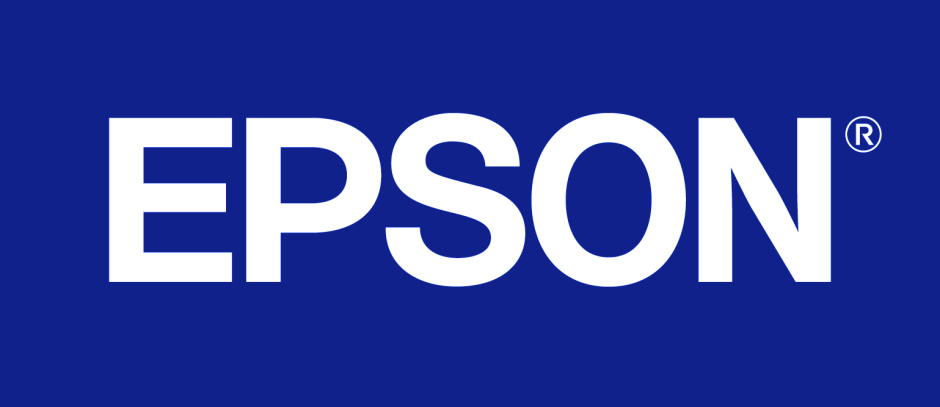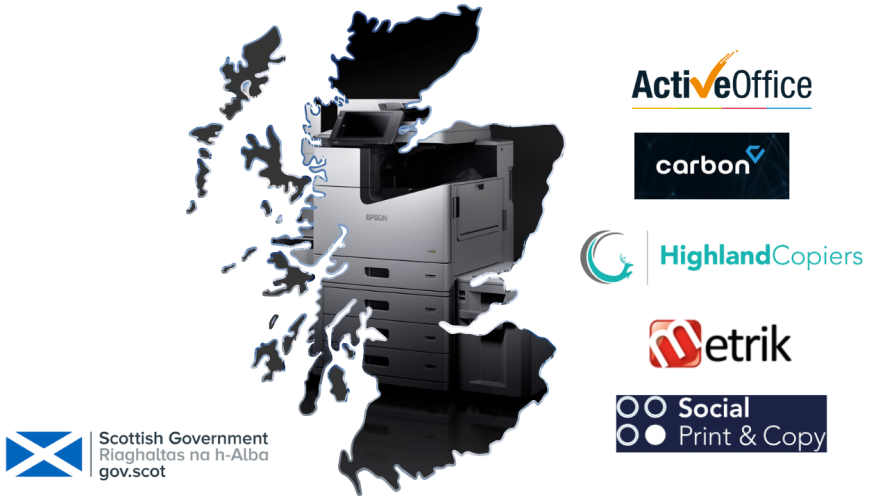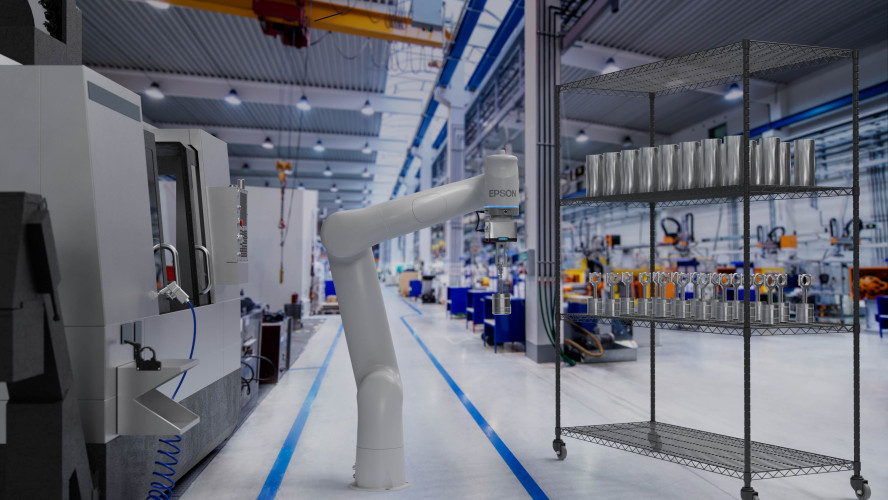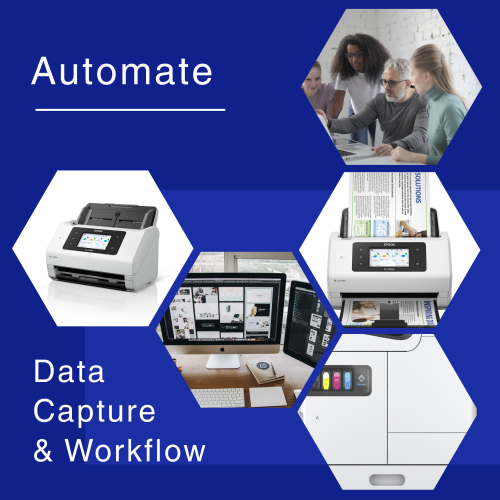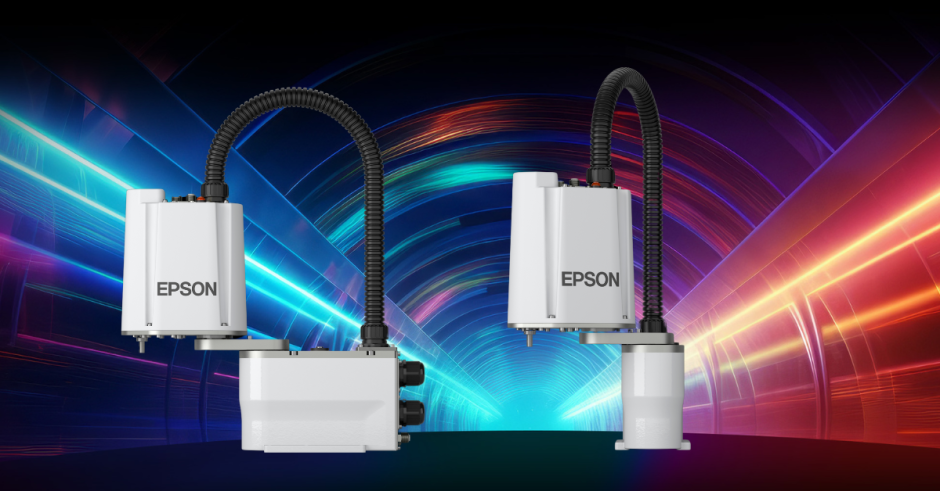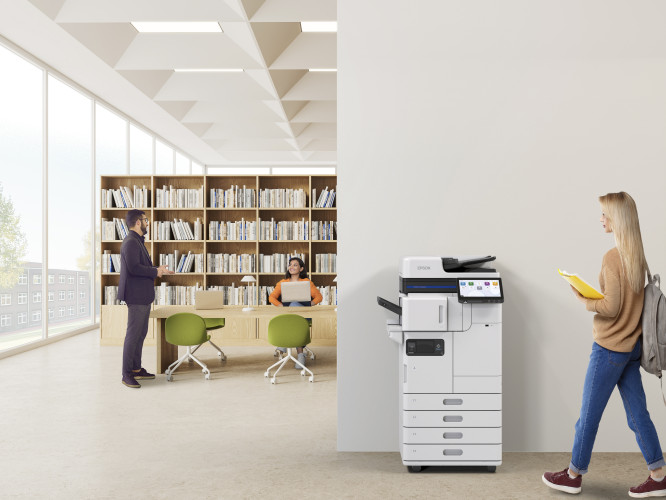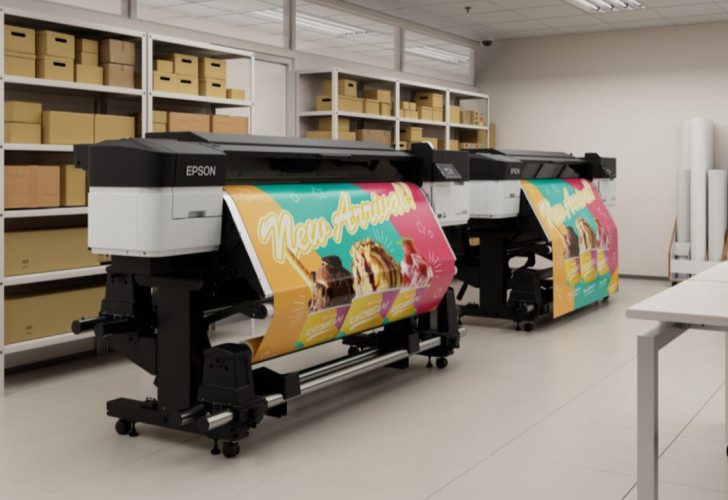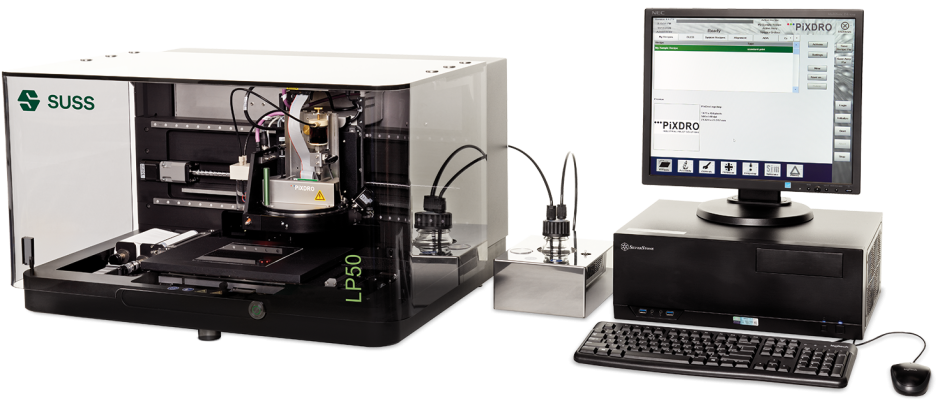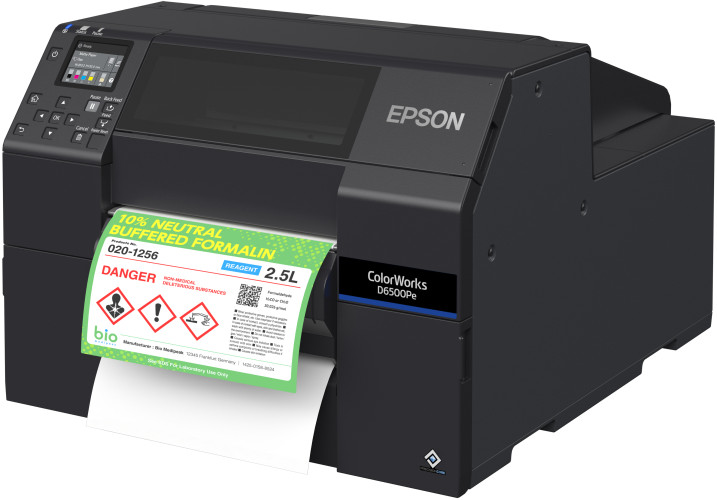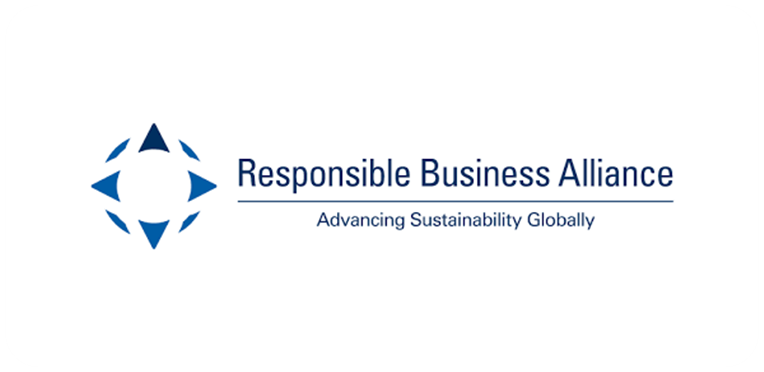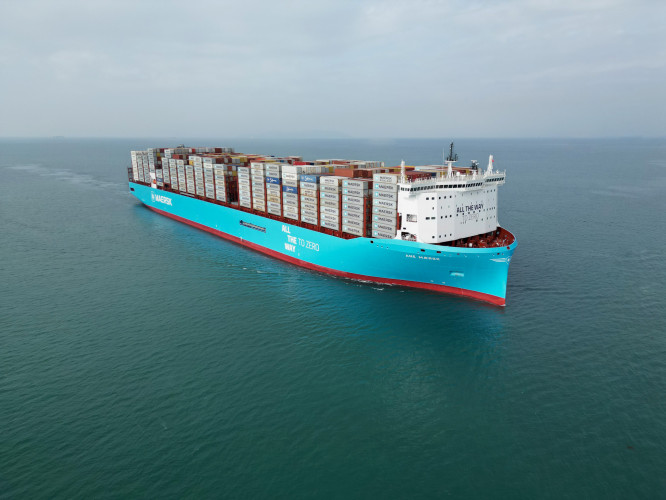Epson urges organisations to re-think printing technology choices in effort to reduce impact on the environment
New data has highlighted how simply switching from one type of printer technology to a modern alternative could unlock invaluable resources, regardless of sector. Each year, Epson business inkjet technology has the potential to save European organisations 1.8 billion Kwh in energy consumption, cut costs by €213 million, slash CO 2emissions by 636 million KGs and reduce printer related waste [1].
[1] Methodology verified by TÜV Rheinland, based on ‘Typical Energy Consumption’, defined under the Energy Star test procedure and presented in kWh per year. Models identified using IDC HCP tracker 2019Q2 (2015Q1 to 2018Q4 data), and 2018 installed-base in EU22 businesses reported by IDC (“Installed Base by Vertical, 2019Q2”).
Epson business inkjet printers have secured a 56 per cent market share increase over the last four years, positioning Epson with 29 per cent total market share across Western Europe, according to IDC data [1]. If this momentum continues, freed-up resources could be re-deployed to fund up to over 160 additional primary school teachers within Western Europe’s education sector [2]. Alternatively, businesses could eliminate 636 million KGs of CO 2annually, a volume it would take 29 million trees a year to absorb [3]. In Kwh, the potential saving could be redeployed to power a fleet of 1.2 million electric cars for a year [4].
[1] IDC Quarterly Hardcopy Peripherals Tracker – Final Historical 2019 Q2 (comparison based on 2014/215 and 2018/2019 July-June Moving Annual Total (MAT)
[2] Equivalency data taken from multiple sources – see end of release
[3] Equivalency data taken from multiple sources – see end of release
[4] Equivalency data taken from multiple sources – see end of release
“Progressive innovation achieved over the last decade means that switching from legacy laser technology to Epson business inkjet is proven to save money and the environment, but more than that, it allows for focus on more important areas of business or function,” says Darren Phelps, VP of business, Epson Europe. “Making a small change to an often-overlooked piece of equipment could have substantial economic results. Minimising the total cost of print and its environmental impact, while addressing human benefits are all advantages enabled by our heat-free printing technology.
Businesses and organisations adopting Epson’s inkjet technology can reduce energy consumption and CO2 emissions by up to 95% [1]. Additionally, staff productivity is increased with print speeds up to 3.5 times faster than comparable laser models [2].
[1] EPSON WorkForce Pro WF-C8190DW uses 95% less energy than the HP Color LaserJet Enterprise M750dn, the highest-selling model in the A3 colour single-function 21-30ppm printer segment. Methodology verified by TÜV Rheinland, based on ‘Typical Energy Consumption’, defined under the Energy Star test procedure and presented in kWh per year. Models identified using IDC HPC tracker data from Q3 2015 to Q2 2019
[2] As tested by BLI, over two months to Feb 2015, FPOT (First Page Out Time) from overnight sleep, against all competitive machines tested at time of publication. For more information visit www.epson.co.uk/inkjetsaving.
“The real impact though is in the resulting business or human benefits,” says Phelps.“ In education and healthcare we’re freeing up invaluable resources to invest back into our children’s education and our health provisions, while in sectors such as retail and corporate, our innovations are being used to reduce environmental impact, improve customers experiences, drive sales and enable new, smarter ways of working.”
According to IT Managers recently surveyed by Epson, the need to invest in new technology (58 per cent), reducing costs (51 per cent) and investing in new talent (42 per cent) were cited as the top three business pressures placed on organisations in the past two years. Thirty-eight per cent stated they were under considerable pressure to improve CSR performance, while tight budget restrictions have left 37 per cent unable to employ new staff [1].
[1] Coleman Parkes, 2018, as commissioned by Epson Europe. Survey conducted in UK, Germany, Italy and Spain in November 2018, surveying 1,000 print decision makers and 1,000 print users.
Phil Sargeant at IDC, an expert in print market adoption, adds, “Inkjet has made huge strides forward and now the cost, time and environmental benefits are so compelling, it’s a technology no one can afford to ignore.”
To find out more, please visit: https://www.epson.co.uk/advantageinkjet
NOTES TO EDITORS
|
Equivalent example |
Source |
|
Cost of Primary school teachers |
|
|
Volumes of CO2 absorbed by tress |
|
|
Power electric cars |
https://www.energuide.be/en/questions-answers/how-much-power-does-an-electric-car-use/212/ |
About Epson
Epson is a global technology leader dedicated to connecting people, things and information with its original efficient, compact and precision technologies. With a line-up that ranges from inkjet printers and digital printing systems to 3LCD projectors, watches and industrial robots, the company is focused on driving innovations and exceeding customer expectations in inkjet, visual communications, wearables and robotics.
Led by the Japan-based Seiko Epson Corporation, the Epson Group comprises more than 76,000 employees in 87 companies around the world, and is proud of its contributions to the communities in which it operates and its ongoing efforts to reduce environmental impacts.
About Epson Europe
Epson Europe B.V., based in Amsterdam, is the Group’s regional headquarters for Europe, Middle-East, Russia, and Africa. With a workforce of more than 1,830 employees, Epson Europe’s sales for fiscal year 2017 were 1.7 billion Euros. http://www.epson.eu
Environmental Vision 2050

